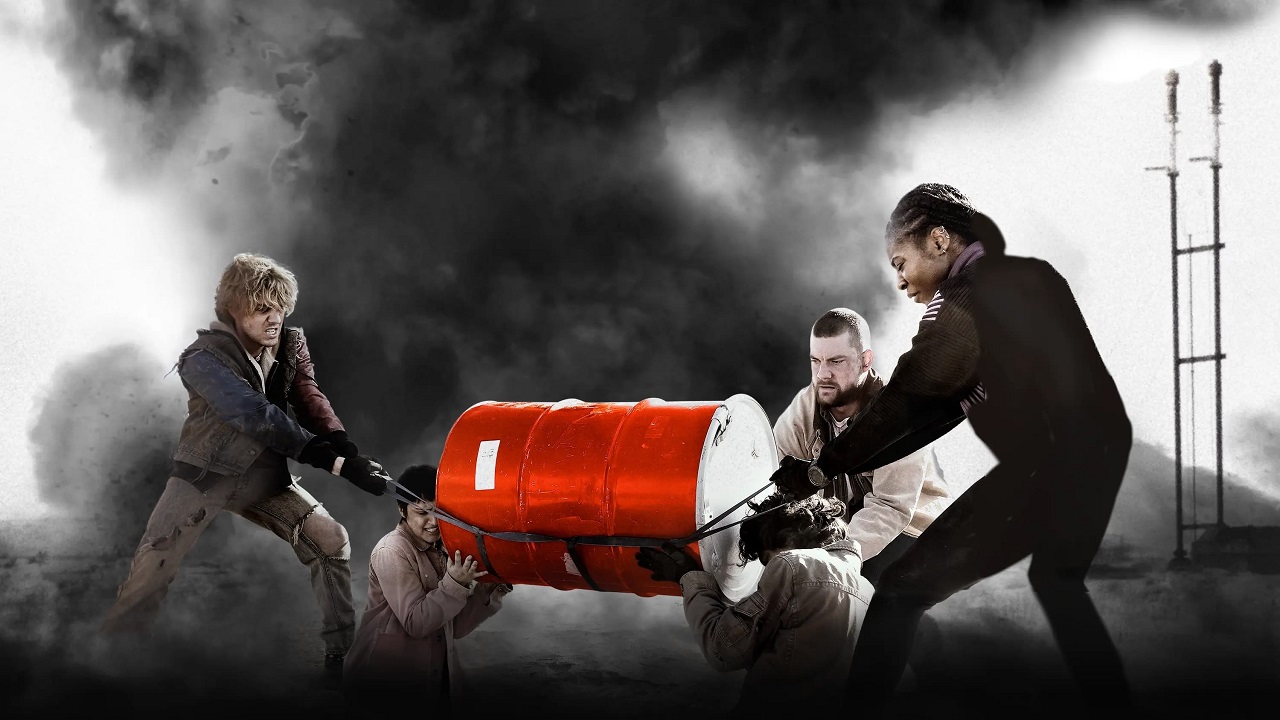How to watch How to Blow up a Pipeline in the UK

It’s increasingly clear that the climate crisis is going to require direct action if we’re going to avoid complete catastrophe, and action doesn’t come more direct than a couple of kilos of homemade plastique. With that in mind, the new political thriller How to Blow Up a Pipeline is now streaming on Netflix, and available to rent or buy at Apple TV, Amazon Video, the Microsoft Store, Google Play, YouTube, and Curzon.
Sadly, this latest offering from director and co-writer Daniel Goldhaber (Cam) is not an instructional video, but it is based on the non-fiction book of the same name by Andreas Malm which, while stopping short of providing recipes for bombs, certainly endorses their judicious use.
The film version uses a dramatic structure to get Malm’s point across, with screenwriters Ariela Barer (who also stars as Xochitl), Jordan Sjol, and Goldhaber giving us the story of eight disparate activists who plot to destroy an oil pipeline in West Texas.
Everyone has their own reasons for resorting to terrorism. Xochitl and her friend Theo (Sasha Lane) are frustrated student campaigners, as is film student Shawn (Marcus Scribner), while blue collar Dwayne (Jake Weary) saw his family farm seized by an oil company. Native American Michael (Forrest Goodluck) is a self-taught demolitions expert, and Logan (Lukas Gage) and Rowan (Kristine Froseth) are old hands at this kind of thing. None of them really know each other that well, and the possibility of rats in the ranks adds to the tension.
Barely a week goes by without a new environmental documentary arrives prophesying doom, only to disappear into the streaming back blocks shortly thereafter to little discernible effect, so top marks to Goldhaber and his team for framing the issue in a taut thriller—a little bit of genre action certainly makes the medicine go down easier. Whether How to Blow Up a Pipeline has any kind of wider effect is anyone’s guess, but an engrossing drama about heroic eco-activists wrecking fossil fuel infrastructure? We’ll take more of that, please.













